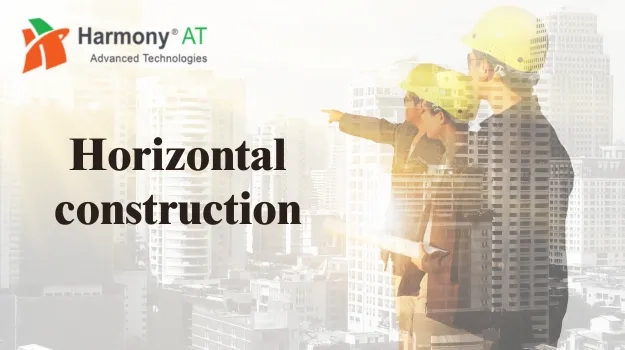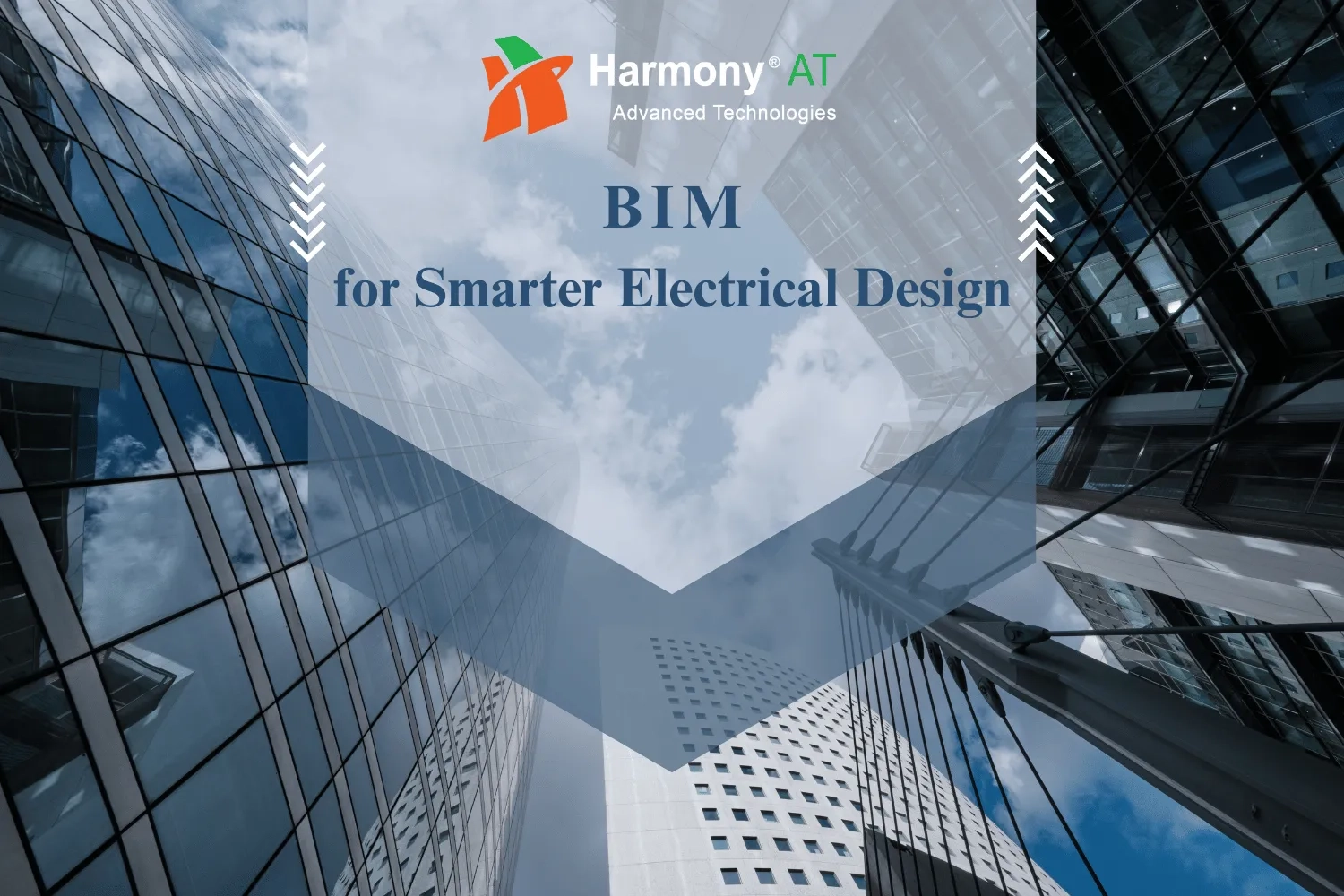Dive into the transformative realm where BIM virtual reality converge to reshape how construction works. Moreover, uncover how these technologies, BIM virtual reality, are revolutionizing project design, teamwork, and how well things are done. Welcome to what construction with BIM virtual reality will be like in the future.
Definition of BIM Virtual Reality
In the world of construction, there are two important technologies that are changing the industry in special ways:
BIM: It's like a digital picture that puts together design, building, and operation info. This helps teams work together on projects.
VR: This cool tech makes a 3D world on computers. It helps with seeing designs better, talking to people involved, and training.
As these innovations, known as BIM virtual reality, keep getting better, they're coming together to create an exciting future for construction. As a result, this future will be all about working better together, being more efficient, and making things with greater accuracy, thanks to BIM virtual reality.

Read more: How BIM Augmented Reality Are Boosting The Construction Industry?
The Ways BIM Virtual Reality is Used in Construction
Augmented reality is a technology that gives real-time information and is now being used in construction to make things work better. It helps with efficiency, safety, teamwork, saving money, and making projects more certain. Here's how construction teams are using it to make building faster and smoother.
Incorporating VR in Design and Engineering Stage
When architects and engineers work on projects, it's sometimes hard to know what users really want. This leads to the thing that they worry about whether people will like the designs and if the spaces will be practical. Architects usually show designs on a computer screen in a flat way.
With VR, people can explore designs in a more real way and find problems more easily. Moreover, using VR in construction and architecture projects has a lot of good points, like making plans easier to understand and getting support from investors.
Besides, VR software also gives extra details, like measurements and notes, which can make the design and building process better. This info is also important for making buildings more comfy to use. In conclusion, VR helps architects and engineers by letting them see designs in a new and useful way, especially for construction and architecture jobs.

Incorporating VR in Cost Estimations and Schedule Planning
Using Virtual Reality (VR) for cost estimates and planning schedules offers unique benefits:
Matching Plans with BIM Data: VR lets estimators compare their plans with information from others, ensuring everything fits together.
Seeing BIM Data: Through VR, teams can show challenges more clearly, helping everyone understand better.
Better Communication: VR collaboration leads to smoother communication, solving problems and sharing ideas effectively.
Saving Time and Money: This process cuts down project time and costs significantly.
In short, by combining BIM data with VR, the construction industry improves project management, communication, and overall efficiency.

Incorporating VR in Coordination and Construction
Using digital models and virtual reality tech can really help us understand tricky construction projects much better.
Diverse End-Users: In projects like airports, different types of people use the same spaces for various purposes – clients, staff, security, and maintenance workers. Understanding how they all fit together is important.
Realistic Visualization with VR: Virtual Reality (VR) software lets us see digital models as if they're real. This helps us identify problems and understand how construction might affect things.
Checking Logistics: Using VR, we can figure out if we need special equipment like cranes and whether other nearby places can keep working during construction.
In summary, by using digital models and VR, we can plan and execute complex projects more smoothly, avoiding issues and making sure everything works well together.

Incorporating VR in Facilities Management and Operations
A VR model provides valuable insights to building staff and maintenance personnel regarding equipment placement and safety considerations.
Better Safety Plans: VR models help us see where equipment is, making it easier to create safety rules for secure places. This is like how we control who can enter sensitive spots like surgery rooms.
Using BIM Model Details: BIM models come with lots of info about equipment, like names and features. This info helps make complete 3D documents.
Better Training and Talking: People who manage buildings can use BIM models to improve training and talking with staff. The detailed info helps explain things and makes the team understand better.
In conclusion, using VR and BIM models for facility management doesn't just make safety better, it also helps staff training and talking, making things work better overall.

Benefits and Challenges of BIM Virtual Reality in Construction Industry
In construction, two cool technologies, Building Information Modeling (BIM) and Virtual Reality Architecture, are joining forces to bring important changes. This part talks about the positives they bring and the challenges they present. It shows how they're changing how we make plans and do construction projects.
Advantages of BIM and VR Technologies for the Construction Sector
The combination of virtual reality (VR) and Building Information Modeling (BIM) can bring big improvements to how construction projects are done:
Spotting Mistakes Early: VR and BIM help find problems before building starts. Moreover, VR lets people explore a virtual version of the project, and BIM creates a digital model to catch mistakes and track progress.
Saving Money and Time: VR makes planning and working together more accurate, and BIM gives real-time info on how things are going. Together, they cut costs, speed up work, and make sure projects stay on track.
Working Better Together: VR makes people feel like they're in the project, making it easier for everyone to understand. Furthermore, it also helps train workers. This improves how teams collaborate and share information.
Easier for Clients: VR lets clients experience the project, and BIM shows them detailed plans. In addition to that, this helps clients understand and be more involved in construction projects.
In simple words, using VR and BIM together helps find errors early, save money and time, improve teamwork, make things better quality, reduce fixing mistakes, and lets clients understand projects better.

What Are The Construction Industry's Challenges, And How Can BIM And VR Help Solve Them?
The construction field deals with tough problems like high costs and long timeframes. One big challenge is adopting new technology, such as shifting from paper to computers. On the other hand, another issue that often comes up is handling problems in coordinating BIM. But now, there's hope with VR and BIM.
Being Stuck in Old Ways: The construction industry is slow to use new technology because it's used to using old methods.
Solutions with VR and BIM: VR and BIM can change this. On the one hand, VR can assist in designing, building, checking sites, and training for safety. Plus, it lets clients see how the project will look. On the other hand, BIM helps in better project management and smoother construction.
Therefore, even though construction faces challenges, VR and BIM can bring major improvements.

Harmony Advanced Technologies Is The Landing Place For Every Difficult Solution
Picture yourself entering your construction project before it begins. Thanks to Harmony Advanced Technologies' VR (Virtual Reality) services, this is a reality now. Our VR solutions build a virtual version of your project, letting you walk around and notice every detail. This helps you find and solve problems early and make smarter choices.
At Harmony Advanced Technologies, we're introducing the future to construction with our easy BIM/CAD solutions that elevate design, planning, and teamwork to a brand-new stage. Want to try out this innovation? Get in touch with us here to experience it firsthand.
Categories





